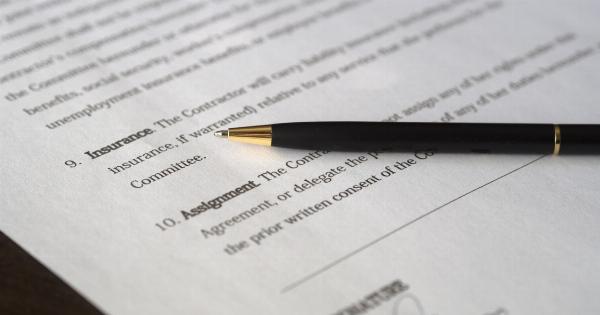The World Health Organization (WHO) has recently called for an urgent effort to eliminate discrimination and violence against transgender individuals within a five-year timeline.
This landmark initiative aims to protect and promote the rights of transgender people, ensuring their access to quality healthcare, legal recognition, and social acceptance.
The State of Transgender Rights
Transgender individuals continue to face systemic discrimination and marginalization in various societies around the world.
Many experience barriers to accessing healthcare, education, and employment opportunities, leading to increased rates of poverty and vulnerability. Moreover, transgender individuals often face violence, harassment, and stigma, negatively impacting their mental health and overall well-being.
The transgender community has long been advocating for gender identity rights and protections. However, progress has been slow and inconsistent, leaving a significant gap in safeguarding the rights and well-being of transgender individuals globally.
The Role of the WHO
The World Health Organization recognizes the urgent need for action to address the ongoing human rights violations faced by transgender individuals.
Their recent call to eliminate discrimination and violence against transgender individuals within five years is a critical step toward achieving social justice and equality.
By urging governments, healthcare institutions, and civil society to prioritize the rights of transgender individuals, the WHO aims to create an inclusive world where transgender people can freely express their gender identity and access the necessary services and support.
Key Objectives of the Initiative
The WHO’s comprehensive plan includes several key objectives to be achieved within the five-year timeline:.
1. Legal Recognition
Ensuring legal recognition of transgender individuals’ gender identity is crucial.
The WHO encourages governments to amend legislation to reflect the self-identified gender of transgender people, ensuring their rights in areas such as name changes, identification documents, and access to public services.
2. Healthcare Access
Transgender individuals often encounter significant barriers in obtaining appropriate healthcare services.
The WHO advocates for comprehensive healthcare that covers gender-affirming treatments, including hormone therapy and gender confirmation surgeries. Additionally, healthcare professionals should receive training to provide inclusive and respectful care to transgender patients.
3. Education and Awareness
Creating educational programs that promote acceptance and understanding of gender diversity is crucial to combating prejudice and discrimination against transgender individuals.
The WHO urges educational institutions to include comprehensive information about gender identity and transgender issues in curricula, fostering empathy and support among students.
4. Social Justice
Transgender individuals deserve equal rights and protection from discrimination in all aspects of life.
The WHO calls on governments and civil society to develop and implement policies that protect transgender individuals from violence, harassment, and employment discrimination. Furthermore, the inclusion and active participation of transgender organizations and advocates in decision-making processes are crucial for achieving meaningful social justice.
The Implications and Challenges
This ambitious initiative by the WHO to achieve transgender elimination within five years faces numerous challenges. It requires strong political will, societal acceptance, and financial resources to implement the necessary changes effectively.
Fundamental societal shifts are necessary to overcome deeply ingrained prejudices and stereotypes.
Raising awareness, combating misinformation, and fostering a culture of acceptance are vital steps towards dismantling transphobic attitudes and behaviors.
Furthermore, providing accessible and inclusive healthcare services requires investment in training healthcare professionals, increasing the availability of gender-affirming treatments, and eliminating discriminatory healthcare policies and practices.
The Global Impact
The WHO’s initiative to eliminate discrimination and violence against transgender individuals within a five-year timeline has the potential to create a significant global impact.
By prioritizing transgender rights, governments, organizations, and societies can work toward achieving equality for all individuals, regardless of gender identity.
This initiative also aligns with various international conventions and agreements that emphasize the importance of protecting human rights.
It reinforces the United Nations’ Sustainable Development Goals, particularly Goal 10 (Reducing Inequalities) and Goal 16 (Promoting Peace, Justice, and Strong Institutions).
Challenging the Status Quo
The WHO’s call for transgender elimination within a five-year timeline challenges the status quo and encourages governments and societies to take concrete action.
It emphasizes the urgency of ending discrimination and violence against transgender individuals, making it a collective responsibility to create a world that respects and includes all gender identities.
With strong global support and comprehensive implementation of the WHO’s recommendations, this initiative offers hope for achieving equality and justice for transgender individuals worldwide.




























